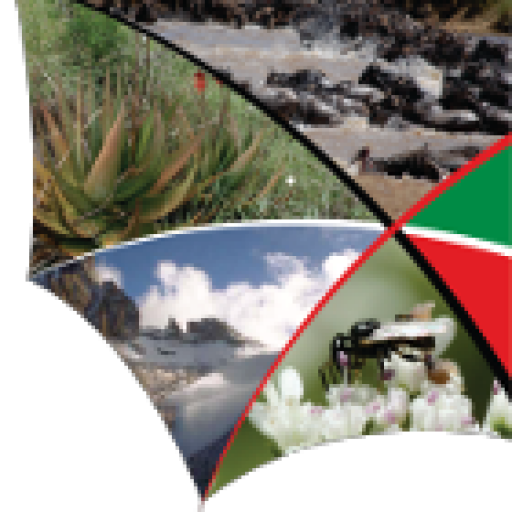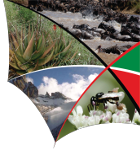Insects
Insects are the most diverse group of animals. Some of the major species listed for Kenya include 950 beetles, 900 butterflies, 500 bees, 650 ants, 60 thrips but many of these groups have yet to be recorded or described. Insects include flies, wasps, bees, beetles, bugs, mantids, crickets, grasshoppers, ants, termites, lice, fleas, moths and butterflies. They are ecologically significant in every ecosystem and region, and perform important economic and social roles in all human societies. Insects are especially important in the pollination of both wild and cultivated plants ranging from coconuts, mangoes and pawpaws to oil palm. Insects are used as food by indigenous people and have played an important role in the history of human nutrition. Some insects are crops pests and vectors of diseases, while others play a key role in the biological control of pests.
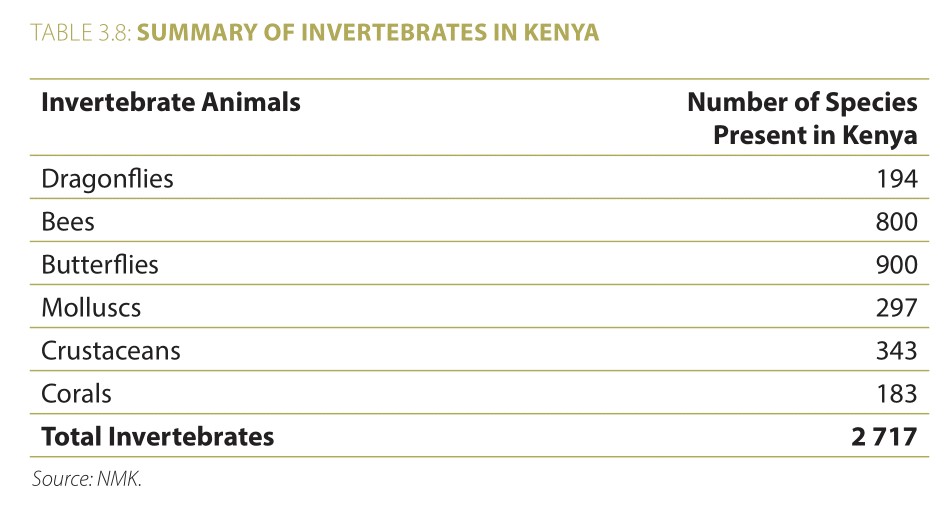
Some 900 species of bees are estimated in Kenya. Most species are poorly understood by farmers with the exception of the honey-bee Apis mellifera. Bees pollinate over three-quarters of flowering plants worldwide. They are found in all warm terrestrial areas. The richest bee habitats in Kenya include Kakamega Forest where over 240 bees have been documented, and the coastal forest and savannah ecosystems. Over 90 species of bees have been documented in Nairobi City Park.
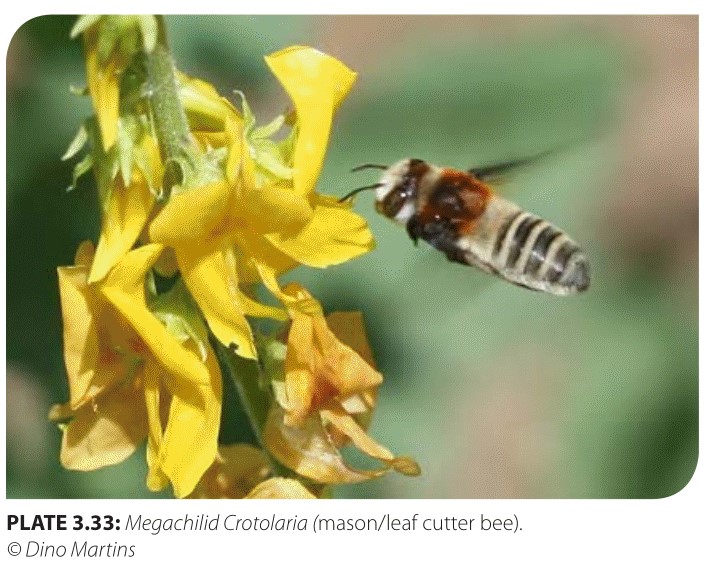
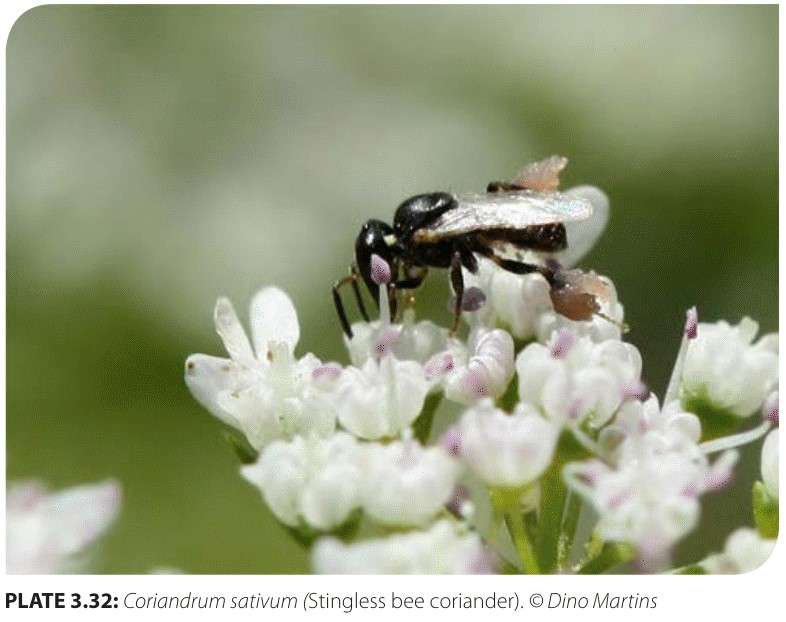
Over 900 butterfly species are found across Kenya, including 487 in Kakamega Forest alone. The species represents five Kenyan butterfly families namely: Papilionidae, Pieridae, Lycaenidae, Nymphalidae and Hesperiidae. Kenya has many of Africa’s most beautiful butterflies, which has spawned butterfly farming and ecotourism. The presence and abundance of butterflies and moths are good indicators of ecological health.
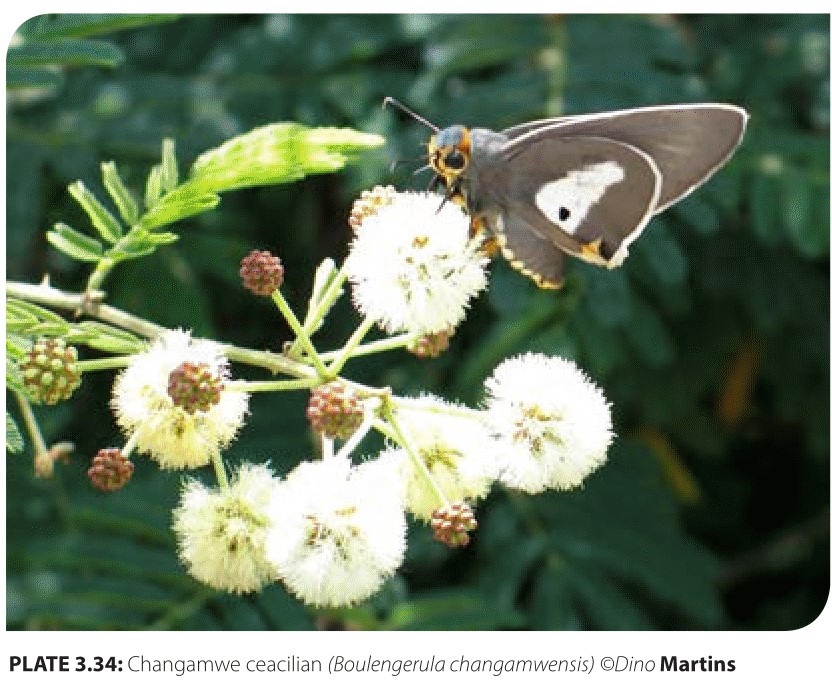
With a total of 170 dragonfly species, Kenya is home to about a quarter of Africa’s total. The majority of species are widespread but the highest diversity is found in western Kenya where the Kakamega Forest retains many of the equatorial forest species.
